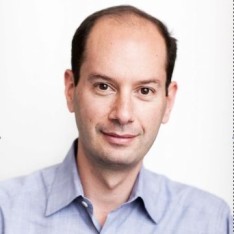Spotify’s global business head talks piracy, getting better with data and who will survive in the Australian market
In seven years Spotify has changed the way a generation listens to music, and claims to have cut music piracy drastically in the process. Alex Hayes sat down with Spotify’s chief business office Jeff Levick to discuss how many services can survive in the Australian landscape, improving the use of data and how it works with telco partners.
Is it better to have paid subscriptions?
We’re a feemium business – it’s hard to separate the two.


